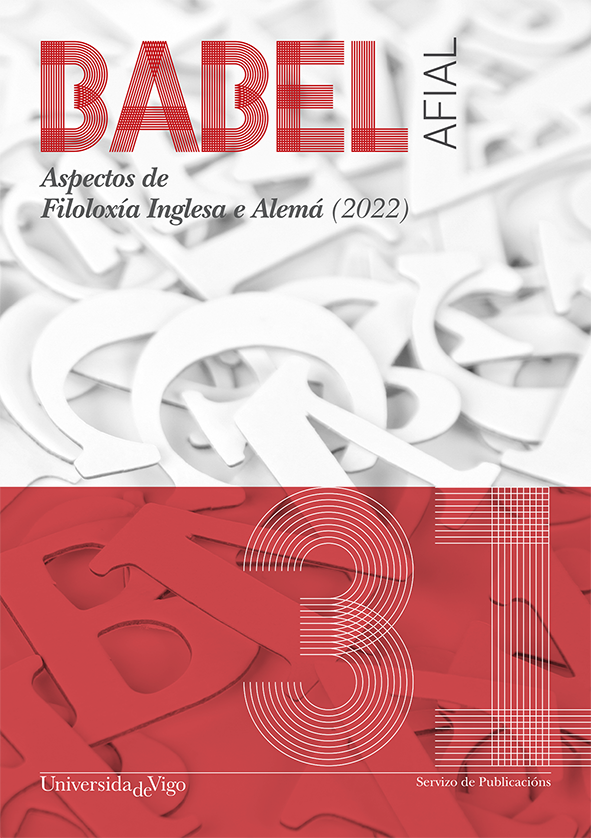Cuando las identidades irlandesa y judía se encuentran: “The Limerick Gloves” (1804) y Harrington (1817) de Maria Edgeworth como ficciones culturales sobre la identidad
DOI:
https://doi.org/10.35869/afial.v0i31.4297Palabras clave:
Maria Edgeworth, Los guantes de Limerick, Harrington, literatura irlandesa, estereotipos, literatura del siglo diecinueveResumen
Maria Edgeworth (1767-1849) ha atraído recientemente el interés de los estudios poscoloniales por su representación de los estereotipos culturales a principios del siglo diecinueve. En este artículo insisto en la estrecha conexión entre “The Limerick Gloves” (Popular Tales 1804) y Harrington (1817) de Edgeworth. Gracias al close-reading de las historias y la investigación previa sobre la obra de Edgeworth, sostengo que en Harrington los judíos están al mismo nivel que los irlandeses en el sentido de que son naciones sin tierra y ambos son vistos como una amenaza cultural. La identidad cultural se toma como el conjunto de valores que relacionan al individuo con el mundo y refleja experiencias históricas y códigos compartidos, mientras que ser judío/irlandés se refiere a percibir a las personas como judías o irlandesas con todas las connotaciones que ello conlleva. Sostengo que el acercamiento a la mujer en ambos relatos está asociado al elemento irlandés, ya que ambos son discriminados por los prejuicios y alteridad étnica en relación a lo que se venía presentando como norma en la sociedad inglesa. “The Limerick Gloves” es fundamental para entender el ataque de Edgeworth contra el fanatismo en Harrington porque esta última historia implica un paso más allá con un elemento técnico adicional que convierte su narrativa en atractiva incluso para los lectores de hoy.



